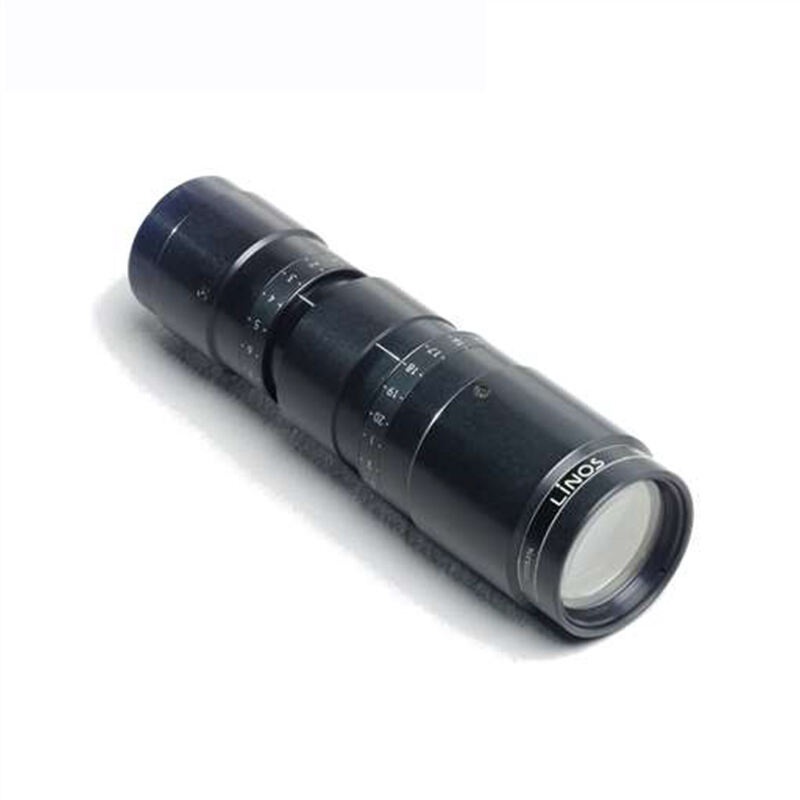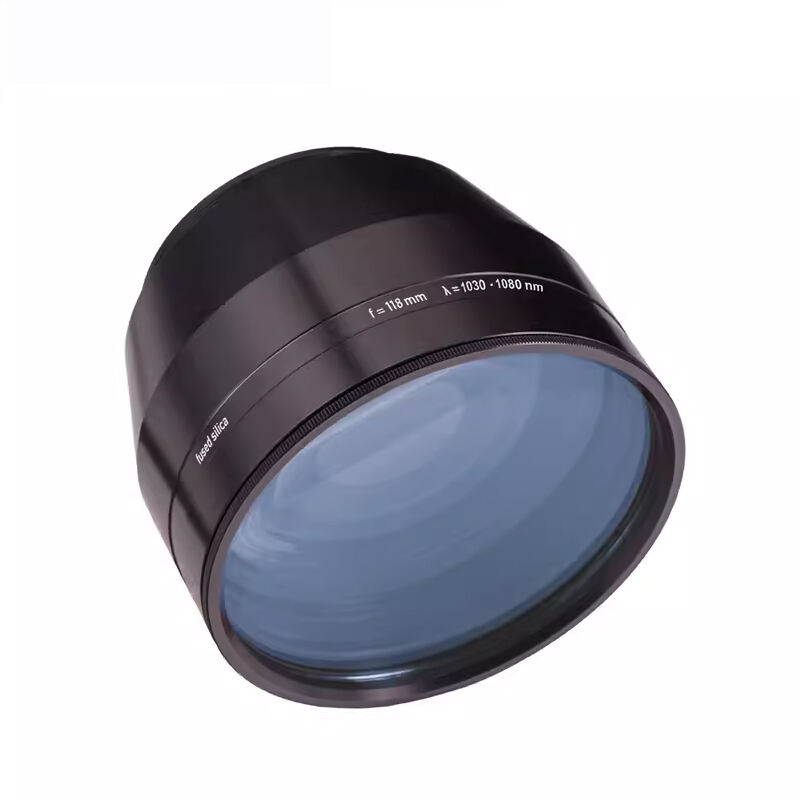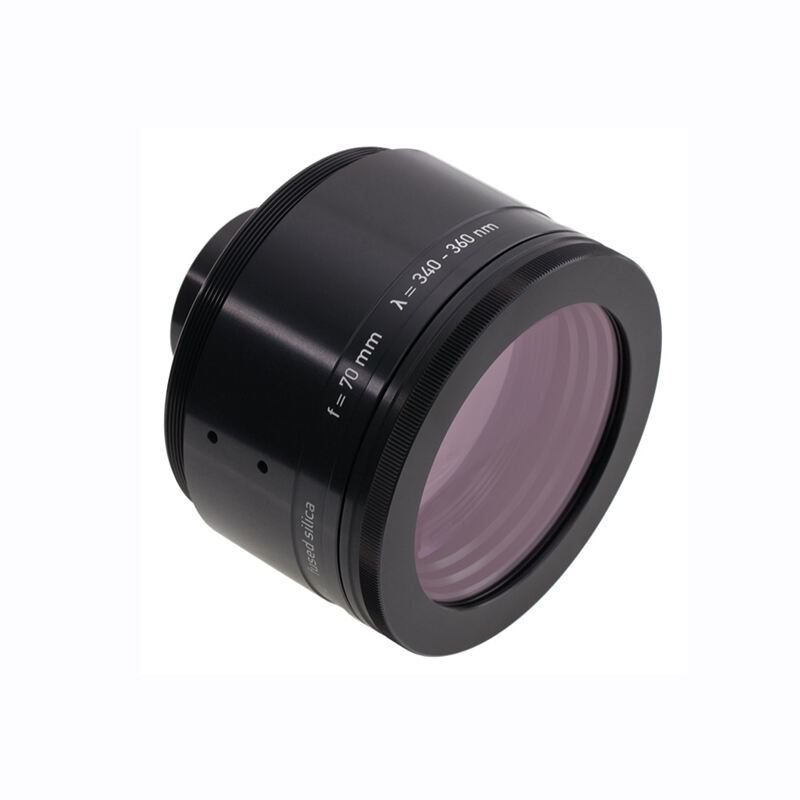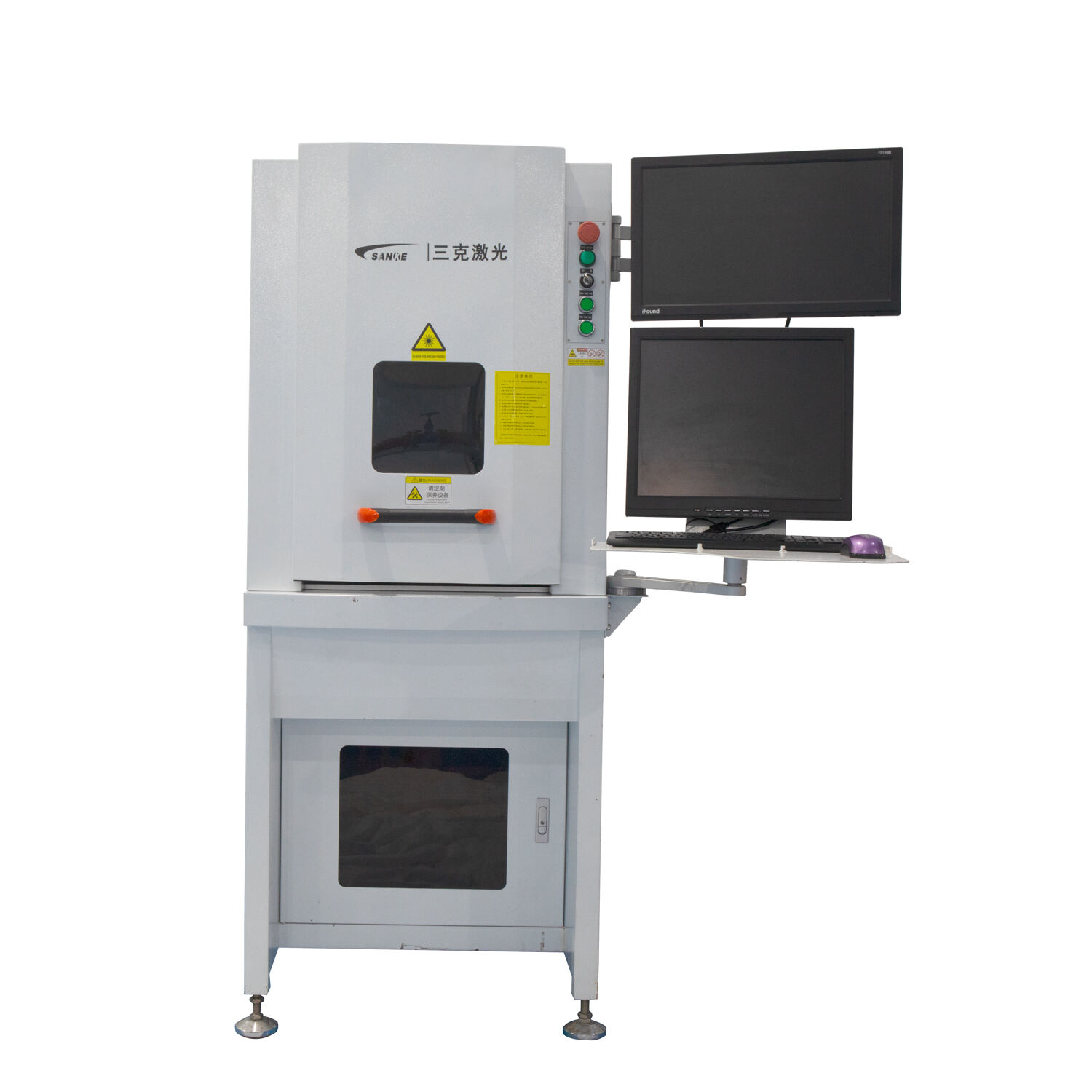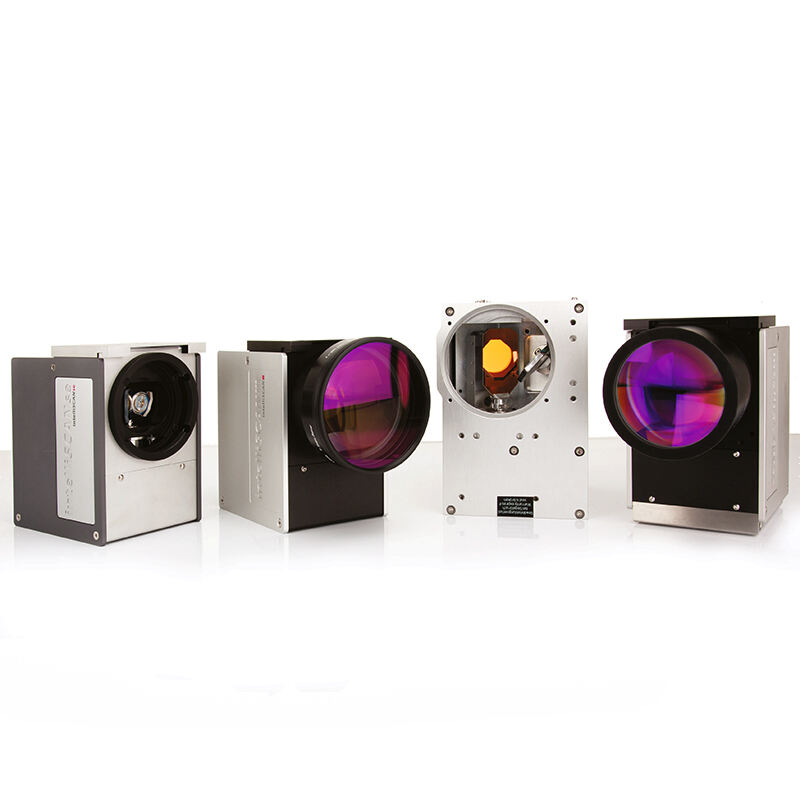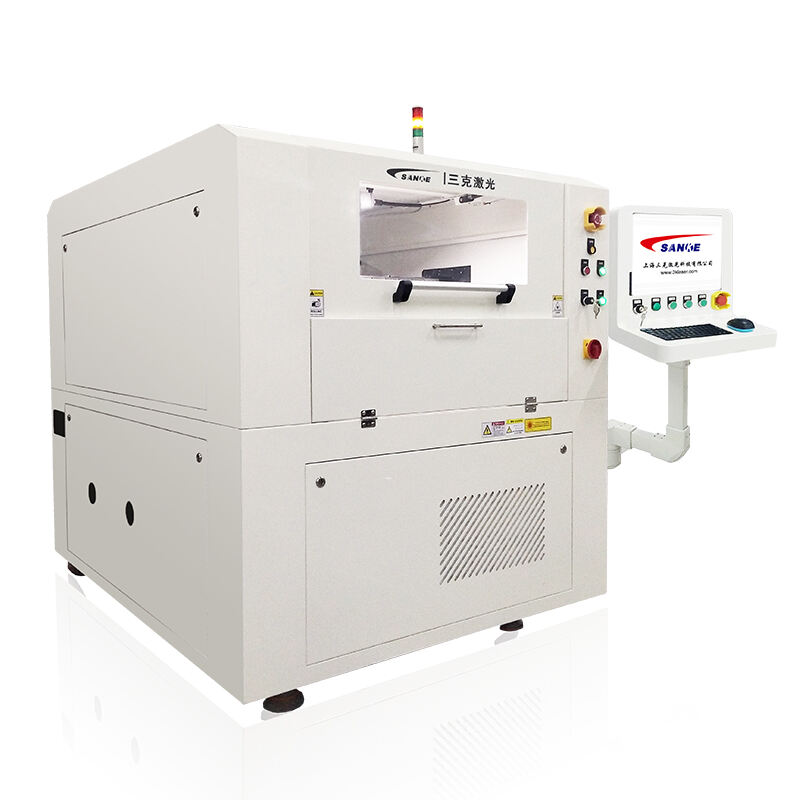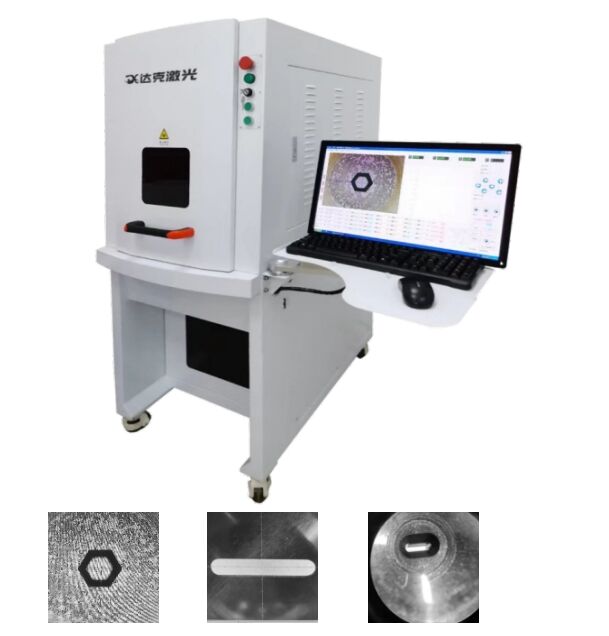Exceptional Material Versatility and Processing Capabilities
Fiber laser drilling demonstrates remarkable versatility in processing diverse materials that challenge or defeat conventional drilling methods, opening new possibilities for component design and manufacturing innovation. The technology successfully drills metals ranging from soft aluminum alloys to hardened tool steels, exotic superalloys, and refractory materials without tool wear concerns that limit traditional approaches. Ceramic materials, composites, and advanced engineered plastics respond excellently to fiber laser drilling, enabling manufacturers to create complex components previously considered unfeasible. Layer-by-layer processing capabilities allow drilling through multi-material assemblies without delamination or interlayer damage, supporting advanced composite structures used in aerospace and automotive applications. Thickness processing ranges from ultra-thin foils measured in micrometers to substantial sections several centimeters thick, accommodating diverse manufacturing requirements within a single system. The technology adapts seamlessly to different hole geometries including straight-walled holes, tapered openings, and complex three-dimensional patterns that mechanical drilling cannot achieve. Micro-drilling capabilities enable creation of holes smaller than conventional drill bits, supporting miniaturization trends in electronics and medical devices. Heat management features allow processing of temperature-sensitive materials without thermal damage, preserving material properties critical for component performance. Surface coating compatibility ensures successful drilling through painted, plated, or treated surfaces without compromising coating integrity around hole perimeters. The system processes reflective materials like copper and aluminum that pose challenges for other laser types, expanding application possibilities across electrical and thermal management components. Batch processing capabilities handle multiple parts simultaneously, maximizing productivity while maintaining individual part quality. Material handling flexibility accommodates various part geometries and sizes, from small precision components to large structural elements requiring strategic hole placement.
 EN
EN
 AR
AR
 FR
FR
 DE
DE
 JA
JA
 KO
KO
 RU
RU
 ES
ES


